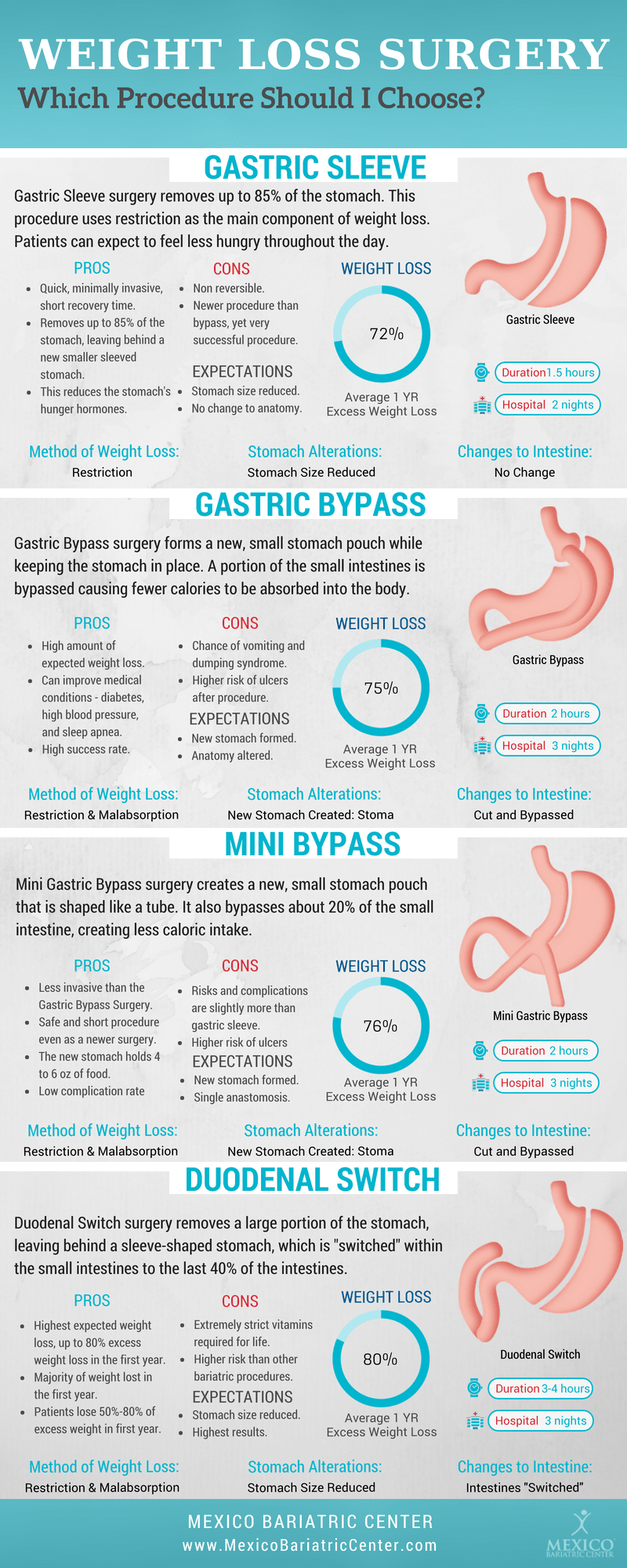Cold laser therapy is a non-invasive, pain-free therapy that helps in reducing swelling and boosts cell regeneration. It is a risk-free option to intrusive treatments and frequently has instant outcomes.
Laser photons launch a chain reaction of chain reactions within the cell that lower pain, swelling, and accelerate recovery. It increases blood circulation to the area by inducing vasodilation.
What to Expect
Cold laser therapy is a non-invasive therapy that makes use of low-level laser light to pass through deep into hurt cells, triggering cell feature on numerous degrees to promote tissue healing. This helps reduce discomfort and inflammation, while advertising contraction and regeneration.
During a session, you'll rest or relax conveniently and the specialist will note the areas on your body that requirement to be treated. The professional then uses a small handheld gadget with the laser to the area. During the treatment, you may really feel a small tingling or warmth in the area of your injury.
Before starting therapy, it is necessary to cleanse the area of your injury and remove any kind of fashion jewelry or other things that could obstruct of the laser's path. It's additionally essential to stay clear of any flammable materials that could be in the area of the laser beam. This will guarantee your safety and the efficiency of the therapy.
Prep work
Cold laser treatment works by radiating light externally of your skin. The light is absorbed by the leading layer of your skin and afterwards promotes the cells to generate energy that promotes recovery.
Throughout the therapy, you may really feel a cozy or tingling feeling in the location that is being treated. This is entirely typical, though you must allow the specialist recognize if the sensation is uneasy or also solid.
This treatment has a lot of pledge for aiding people with distressing brain injury (TBI). The treatment is non-invasive and does not have any adverse side effects. Nonetheless, more research is needed to figure out the ideal therapy method. The best method to figure out if you are a candidate for this type of therapy is to consult with a qualified physiotherapist. They will certainly have the ability to aid you determine if cold laser therapy is right for you.
The Treatment
When the professional has actually correctly positioned you for treatment, they will then place the cool laser device on the injured area. They may keep it on for 30 seconds or longer, depending on the size of the injury and its level of sensitivity. They will use safety safety glasses to make certain that the laser does not straight strike the eyes, and they will certainly ensure that you are safeguarded from any kind of glow that might happen.
You might really feel a minor tingling feeling on the area that is being treated, yet it will not be undesirable or painful. This is a sign that the laser is functioning to boost the recovery process in the affected tissue.
The majority of people experience discomfort alleviation within a couple of sessions, with some seeing enduring results even after a number of months of treatments. It is important to keep in mind that LLLT is not suggested as a sole treatment for any kind of persistent pain problem and it need to be paired with other healing strategies in order to accomplish maximum outcomes.
Post-Treatment
After you rest or sit, the practitioner will certainly utilize a wand with a collection of light-emitting diodes to target your discomfort site. You will certainly use safety eye safety glasses, picosure laser and the laser might be held on your skin for 30 to 60 seconds. You might feel a gentle, comforting feeling during the therapy.
The photons from the laser permeate deep right into your cells, triggering a recovery feedback on a cellular level. Unlike various other forms of laser treatment, this low-intensity approach does not develop warmth.
Some researches have shown that cold laser treatment works in dealing with a number of problems, including chronic discomfort and injuries. Nonetheless, it is less commonly approved as a basic clinical technique, and it isn't covered by several health insurance plans. Furthermore, it is not advised to be made use of over any suspicious cancerous lesions or cancers or on expectant females. You should always talk to your oncologist before pursuing this form of treatment.
